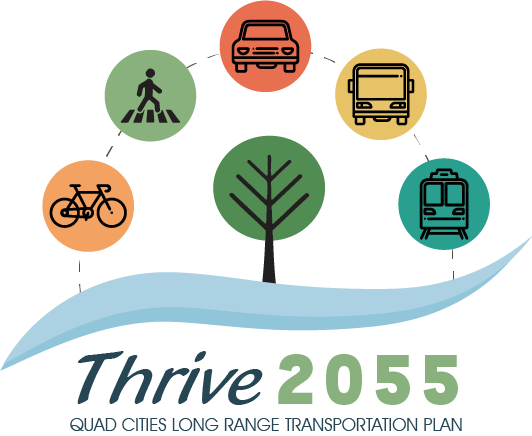October 25, 2017 – Lisa Miller, Bi-State Data/GIS Director, gave an update on activities and programs in preparation of Census 2020.
The Boundary and Annexation Survey (BAS) Program is held annually and is an opportunity for local jurisdictions to provide input to the Census Bureau on boundary and name changes for their area. Accurate boundaries mean that population counts gathered in Census surveys and estimate programs are attributed to the correct jurisdictions. Invitations to participate in the 2018 BAS will be sent to the highest elected officials in December 2017.
Learn more - https://www.census.gov/programs-surveys/bas.html.
The Local Update of Census Addresses (LUCA) Program is currently underway. LUCA provides an opportunity for local jurisdictions to review and comment on the U.S. Census Bureau's residential address lists prior to Census 2020. The Census Bureau relies on a complete and accurate address list to reach all living quarters and associated population for inclusion in the 2020 decennial census survey. The deadline to register to participate in LUCA is December 15, 2017. Several webinars and workshops will be available to educate local governments on the program.
Learn more - https://www.census.gov/geo/partnerships/luca.html.
The Participant Statistical Areas Program (PSAP) will begin in mid-2018. PSAP is an opportunity for local jurisdictions to review and suggest changes to geographic boundaries for Census block groups & census tracts, which are used for reporting data from Census 2020. Local input is critical on these geographies to gauge change in population and keep these boundaries at optimum thresholds as follows:


Census Day is April 1, 2020. Much preparation is happening in anticipation of Census 2020 and the U.S. Census Bureau is utilizing innovation and technology to reduce costs in executing the upcoming decennial Census. Innovative processes are being employed such as:
- Better address validation through U.S. Postal Service lists, aerial imagery, and other sources, rather than walking every street.
- Better use of existing information, such as existing government and commercial records to reduce respondent burden
- Better Census survey response options, like offering secure online, phone, and mail options.
- Better field operations, including using technology to better manage and track field cases, using GPS-enabled technology to efficiently route and manage field staff, and using smart phones and tablets for follow-up, rather than pen and paper.
The Census Bureau hopes to realize a $5 billion cost savings for Census 2020, reducing the expense of a “traditional” Census from $17.8 billion to $12.5 billion for an “innovative” Census.
For more information on Census 2020, contact Lisa Miller at (309) 793-6302, ext. 133,


